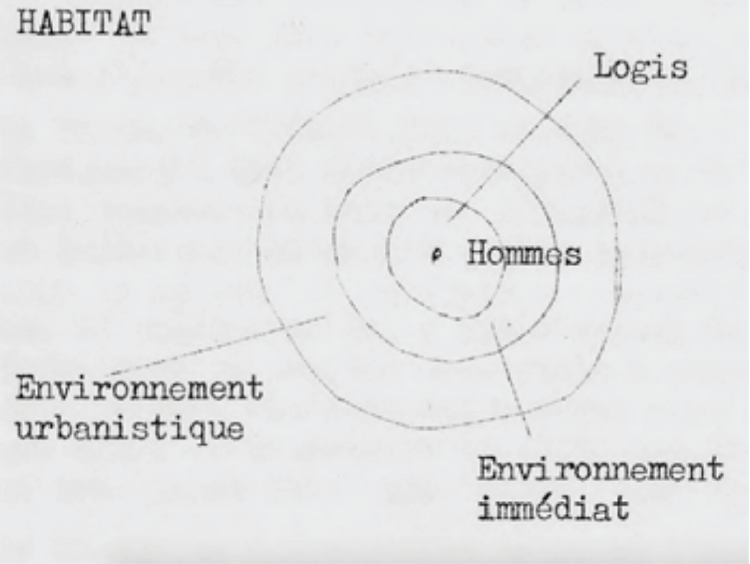BETWEEN HABITER AND HABITAT. CIAM and the Sigtuna meeting of 1952
Leonardo Zuccaro Marchi

Abstract
Vis-à-vis the crisis and “the collapse of Modern Architecture” (Grahame Shane, 1983) in the 1950s, this article specifically reflects upon a CIAM meeting held in Sigtuna (Sweden) in June 1952. Though conceived as a preparatory meeting, Sigtuna turned into a salient, “so alive small Congress” (Forbat, 1952) which echoed the organic values of the previous CIAM topic of the Heart of the City (CIAM 8, 1951), while introducing and preparing the theoretical framework for the “Charter of Habitat” of the following Congress (CIAM 9, 1953). Sigtuna also represented a first, and pivotal, in-between moment which oriented and started to furrow radical incongruences among CIAM members, which continued in the following years until the final breakup of CIAM itself in 1959. This rift concerned both the organization of CIAM and its contents; a new and urgently demanded balance of roles between “young and old creators”(Tyrwhitt, 1952), and a shift from the functionalist doctrine of “habiter” to a broader and more complex socio-biological “habitat.”
Zuccaro Marchi, L. “BETWEEN HABITER AND HABITAT. CIAM and the Sigtuna meeting of 1952.” In Habitat: Ecology Thinking in Architecture, edited by Dirk Van den Heuvel. Rotterdam: Nai010publishers, 2020. 26-33. ISBN:978-94-6208-556-5 https://www.naibooksellers.nl/habitat-ecology-thinking-in-architecture.html

